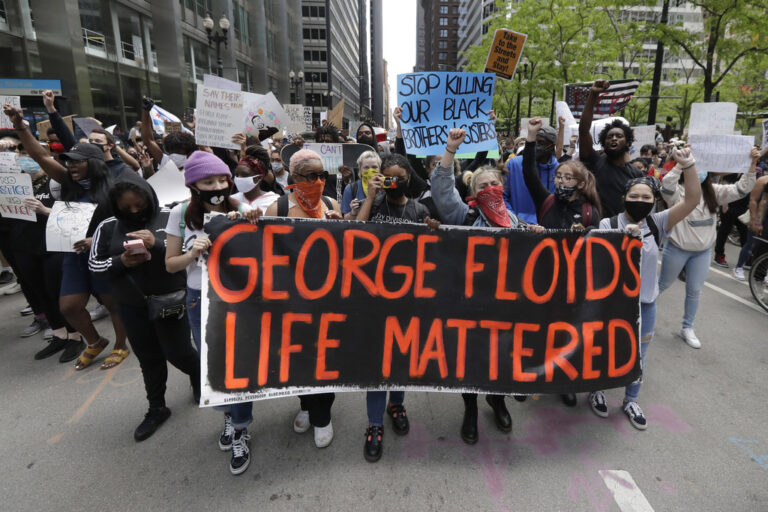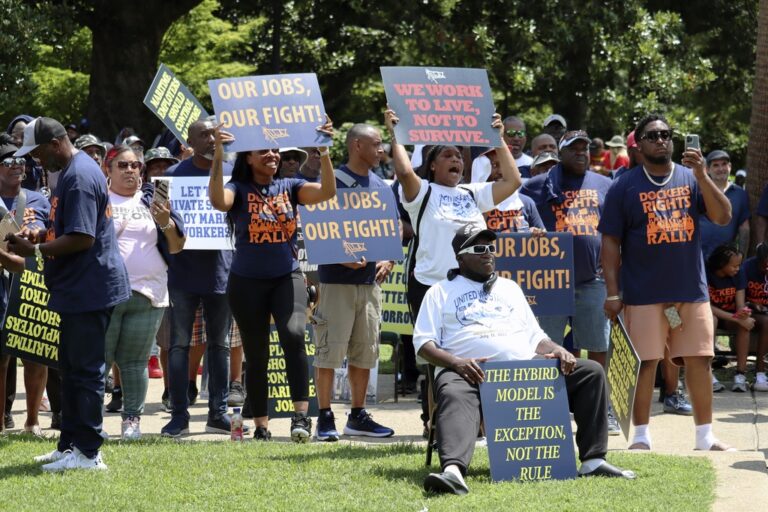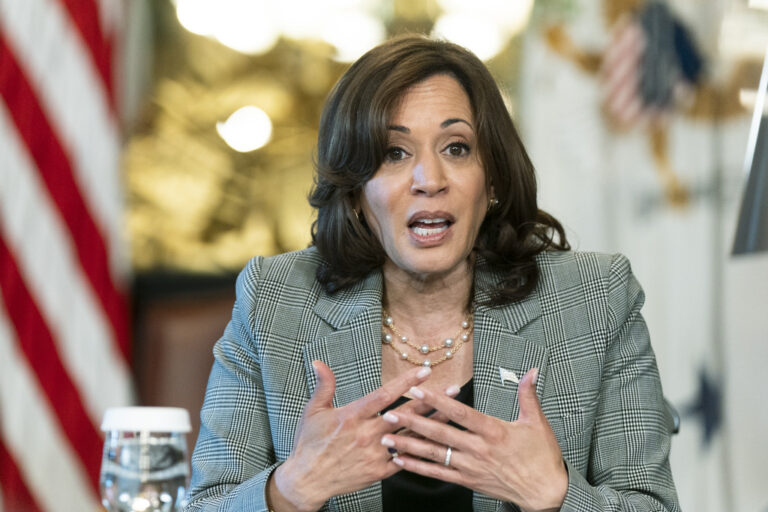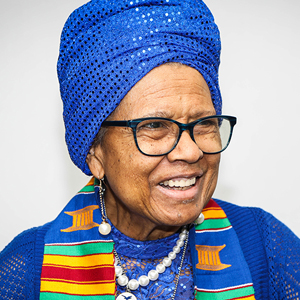By Dr. Benjamin F. Chavis, Jr., President and CEO, National Newspaper Publishers Association
All Americans should have equal access to high quality healthcare. As our nation steadily emerges out of the awful debilitating aftermath of the COVID-19 pandemic, the majority of communities of color, and in particular the African American community, are all facing lingering challenges and prolonged difficulties in having access to affordable and quality healthcare.
The United States Department of Health and Human Services (DHHS) has many important and life-saving public health related programs that are structured and funded to ensure access to the best of healthcare offerings including the provision of affordable pharmaceuticals with respect to the most vulnerable and underserved communities across the nation.
One of those important governmental healthcare programs is known as the Charitable Medicines Program (340B). The 340B program began in the early 1990s when Congress wanted to require pharmaceutical manufacturers, as a condition of benefiting from government programs, to donate at low or no cost prescription drugs to charitable hospitals. These hospitals, overwhelmingly located in underserved urban and rural communities with patients of all races and ethnicities, were in turn expected to use these discount price medicines to serve patients who otherwise could not afford these drugs.
Today, Americans are facing unprecedented times. We are rebuilding our economy from a global pandemic. But there is another epidemic in this country (Entities putting profits over people) which must be addressed, and it must be addressed now. It’s one of the few things reasonable Americans on all sides of the political spectrum can agree on these days. Where it happens, there ought to be robust, bipartisan reform efforts to fix it. When it happens inside the context of a government program meant to help the poorest among us, it should mean robust oversight from the Congress and the Administration. That’s exactly what’s going on now with the charitable medicines program known as “340B.”
For a while, the program worked as intended. The average discount on a 340B drug is nearly 60%, and for many drugs it’s much more than that. But over time, greed has cropped up and made a mockery of the program resulting in practices which furthers health inequities in our nation.
The definition of a “charitable hospital” was never well-defined in law, and today 57% of all hospitals participate in the drug discount program. They are happy to accept the cheaper medicines, but where do they end up? Out of the nearly 13,000 hospitals and community pharmacies participating in the 340B program today, fully six in ten are in middle class and affluent areas, not the poorer zip codes the program is meant to serve.
How is this possible? How has a program Congress created to get Big PhRMA to give affordable drugs to charitable hospitals gone so far off the rails? The answer is that no one is minding the store in Washington. There are zero requirements for hospitals to use the cost savings from 340B to help needy patients, and there isn’t any rule requiring these hospitals to let patients know they are eligible for these drugs.
In addition, stand-alone hospitals are now the exception compared to the rule of a broad hospital network with facilities in diverse income areas. A hospital or clinic that qualifies for the discounted drugs in this program might be one of dozens of health care centers in a network conglomerate. As a result, the drug price reductions are eagerly gobbled up and the drugs fed into the larger system. To put a fine point on it, medicines intended for poor urban and rural areas are being re-routed and sold at full price to insured patients in more affluent areas. That’s the definition of health inequity.
This is not a mere theoretical concern. Last year, the New York Times (https://www.nytimes.com/2022/09/24/health/bon-secours-mercy-health-profit-poor-neighborhood.html) broke a story that Bon Secours, a hospital network in the Richmond, VA area, was accepting 340B discount drugs at Richmond Community Hospital, not telling local patients they were eligible for these free-to-inexpensive medicines, and selling the drugs for full price to patients in more affluent hospitals in their network. This led Richmond mayor Levar Stoney to send a letter to Bon Secours, charging them with using “loopholes [to increase] profit margins for the hospital system while they have reduced services in one of our predominantly Black communities.”
Notably, Mayor Stoney also called on the Biden Administration to increase oversight of the 340B program: “I request for your administration to urgently investigate the effectiveness and unintended consequences of 340B–not only regarding Bon Secours in the City of Richmond, but in other localities across the country.”
Untold stories like this exist in communities across the country. But the fact is the hospital lobbyists have influenced Congressional and Administration oversight officials from both political parties for decades. Every Congressman has a hospital in their district, and the 340b program must be used by the hospitals as Congress mandated.
That’s why I was proud to hear about a panel earlier this year organized by the Rev. Al Sharpton on this topic where he stated, “This affects everybody. If you are having people abuse government funds that should be reinvested, this is not a right-wing or left-wing issue.”
The executive branch runs the 340B program out of the Health Resources and Services Administration, a branch of the Department of Health and Human Services. HRSA, as it’s known, makes determinations of what entities are covered by the program, and they have been very generous over the years. According to the Government Accountability Office, the number of hospitals and clinics HRSA has approved has increased from fewer than 10,000 in 2010 to nearly 13,000 today–an increase of 30 percent in a little over a decade.
And while HRSA is supposed to collect information and conduct audits on 340B covered entities, they simply don’t have the manpower to do so. The little number of questions they do raise are answered and accepted, because there is no real oversight possible. There are only the staff resources to facilitate drug discounts to hospitals.
What’s urgently needed is a combination of Congressional hearings and a more inquisitorial HRSA. Until that happens, low income patients across America will be the excuse giant hospital chains use to get drugs at a discount rate and sell them at full price to more affluent patients.

















